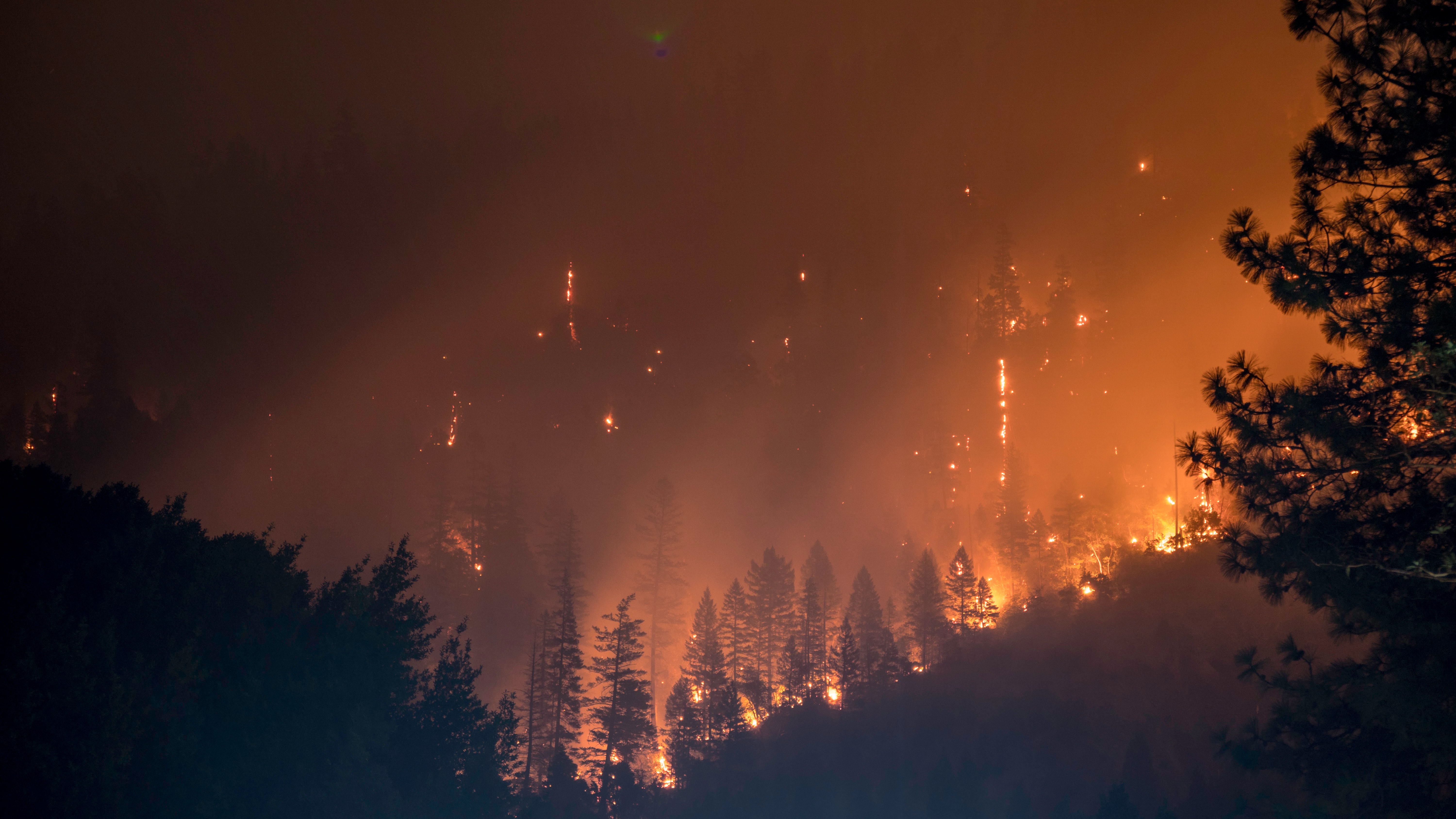What is a Natural Hazard Disclosure Report?

Owning a home in the Golden State is not without its potential hazards to be aware of before you buy. For home sellers in California, the Natural Hazard Disclosure Report (NHD) is a time-honored annoyance. Every seller in California must prepare one for the sale to close. If you’re thinking of listing your home, let’s get familiar with the report so there’s no surprises.
The Natural Hazard Disclosure Report is a report required by the state that discloses whether or not the property in question is at risk for a laundry list of natural hazards. It consists of the aggregation of several other required disclosures, as well as disclosures unique to the report.
Some disclosures required for a home sale are short. The NHD is rarely one of them. It can add dozens of pages to the mountain of paperwork you already have to sift through. But when properly-prepared, it will contain summaries and abstracts so you can get the bottom line at a glance.
What is in the Natural Hazard Disclosure Report?
Natural hazard risks that might be disclosed in the NHD include:
- Special Flood Hazards. Special flood hazard zones are identified by FEMA maps based on elevation reports and flood inspections. Third-party flood certifications can be obtained as well.
- Area of Potential Flooding or Dam Inundation. Identifies an area downstream of a dam, levee, or other special flooding risk unrelated to factors that contribute to creating a special flood hazard zone.
- Fire Severity. Fires can happen anywhere, but different terrain is affected differently than others. This section of the NHD assesses the severity of any wildfire that might erupt in the vicinity of the property.
- Wildland Fire Zone. Wildland-urban interface (WUI) zones, where urban development meets undeveloped territory, have different fire susceptibilities than property surrounded by urban development on all sides.
- Earthquake Fault Zone. Major fault lines run through California, and 90% of all earthquakes in the US happen there. Houses located near a fault line have a larger risk of experiencing earthquake damage.
- Landslide Seismic Hazard Zone. Even if an earthquake doesn’t disrupt the property itself, it could disrupt the surrounding area. The NHD may disclose if the property may be in the pathway of landslides that might be created by seismic events.
- Liquefaction Seismic Hazard. The damage that can be done by an earthquake doesn’t just take place at surface level. It can also liquify waterlogged sediments beneath a building, destabilizing the soil from beneath the foundation.
- AB38 Fire Hardening and Defensible Space. California Assembly Bill 38 requires a homeowner in an area of high fire severity to establish a fire-hardened buffer space, or “defensible space,” around your property. This section of the NHD discloses the property’s compliance or noncompliance with AB38, if necessary.
- Airport Influence Area. Proximity to an airport may limit the use of the property, including airspace restrictions and overflight areas. It may also present noise and safety concerns.
- FAA-Approved Landing Site. This section of the disclosure addresses whether the property is within two miles of an approved by the FAA for helicopter landings, with the hazards and restrictions that attach to that designation.
- Commercial or Industrial Use Zone. Special hazards attach to a property if it is within one mile of property zoned for commercial or industrial use compared to homes surrounded by residential land.
- Former Military Ordinance Site. This portion of the disclosure indicates whether territory within one mile of the property was previously used as a site for military ordinance, with the incumbent hazards.
- California Land Conservation Act (Williamson Act). This disclosure indicates whether the state government has entered into a passed agreement with the landowner for the purposes of conservation under the terms of the Williamson Act of 1965.
- Tsunami Inundation Hazard Area. Certain coastal properties may be at risk of inundation due to a tsunami (tidal wave) caused by underwater seismic activity. This disclosure indicates if the property is considered at risk of this potentially devastating natural hazard.
- Mining Operations Area. If mining operations have taken place within one mile of the subject property, it must be disclosed as a potential source of hazard in the NHD.
- Critical Habitat Area. This disclosure indicates whether the premises are in or near a critical habitat area for protected wildlife, which may affect the allowable use of the property.
- Sustainable Groundwater Management Act. This disclosure indicates whether the property is a priority basin as designated by a groundwater sustainability agency established under the Sustainable Groundwater Management Act of 2014.
- Radon Potential. Radon is a naturally-forming radioactive gas that may seep into a home from the earth itself. This disclosure indicates the possibility of dangerous levels of radon gas and may encourage testing.
- Methane Gas Area. Methane is a hydrocarbon, toxic and flammable, that often gets formed in sewers and may enter into the house due to defects in the plumbing or drainage systems. This disclosure alerts the seller to the possibility of methane gas in the home.
- Petrochemical Complex Area. This disclosure indicates any hazards that may attach to the home as a result of petroleum refinement having been executed nearby in the past or present.
- Foghorn Proximity. This disclosure indicates whether the property sits within near enough proximity to a foghorn to present a potential noise hazard.
Other Things Included in the NHD
Hazard disclosures form the bulk of an NHD, but the NHD may also contain additional information, including:
- Tax Information. Details about transfer fees, supplemental property tax bills, clean energy assessments, bond assessments, Mello-Roos districts, a breakdown of property tax liabilities, and property tax estimates.
- Notices and Advisories. These might include a toxic mold addendum, contamination disclosure due to methamphetamine production, abandoned mine advisory, abandoned well advisory, Endangered Species Act advisory, naturally-occurring asbestos advisory, and other such notices.
- Environmental Disclosures. The NHD might include disclosures of nearby Superfund sites, municipal solid waste facilities, Resource Conservation and Recovery Act (RCRA) sites, and other environmental disclosures.
Who Prepares the Natural Hazard Disclosure Report?
The NHD can be prepared by the seller (often with the help of the listing agent). However, due to the complex combination of public and private data that goes into hazard assessments, many homeowners recruit a third-party service to prepare the NHD.
Here is an example of a SnapNDH Natural Hazard Disclosure Report: https://www.snapcorp.com/examples/snap-nhd-report-example.pdf
SnapNHD provides automated natural hazard disclosure reports delivered in a Snap. Reports contain State data, Local data, licensed C.A.R. Forms, and other tailored disclosures when applicable. Our premium report includes hazard disclosures, tax information, notices, and maps. We are here to help you with all of your Natural Hazard Disclosure needs.

